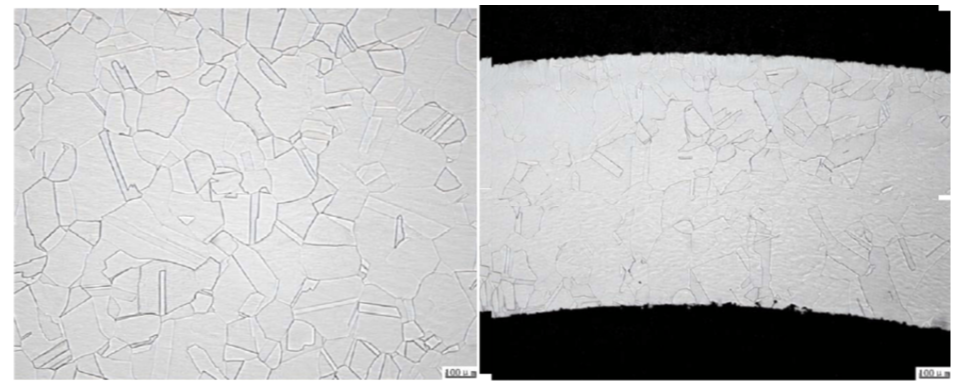Stainless steel is widely used in various industries due to its excellent corrosion resistance and durability. Among the many types of stainless steel, 304 and 316 stainless steel are two of the most popular and commonly used. Understanding the differences between them is crucial for making appropriate material selections in different applications.

Let’s start with the chemical composition. 304 stainless steel is mainly composed of iron, chromium (around 18%), nickel (about 8%), and small amounts of other elements. The chromium content forms a passive oxide layer on the surface, which provides good corrosion resistance. Nickel enhances the ductility and toughness of the steel. 316 stainless steel, on the other hand, has a similar iron and chromium content but contains a higher percentage of nickel (usually around 10 – 14%) and also includes molybdenum (about 2 – 3%). The addition of molybdenum significantly improves the resistance to corrosion, especially in environments with chlorides and acids.
In terms of corrosion resistance, 304 stainless steel performs well in general indoor and mild outdoor environments. It can resist rust and corrosion in normal atmospheric conditions, making it suitable for applications like kitchen appliances, food processing equipment (where food acidity is relatively low), and architectural trim. However, when exposed to more corrosive substances such as seawater, industrial chemicals with high chloride content, or acidic solutions, 304 stainless steel may show signs of pitting and corrosion over time. 316 stainless steel, thanks to the molybdenum addition, has enhanced resistance to these harsh corrosive environments. It is often used in marine applications, chemical plants, and medical equipment that may come into contact with saline solutions or other corrosive fluids.
The mechanical properties of 304 and 316 stainless steel also have some differences. Both have good tensile strength and ductility, but 316 stainless steel is generally slightly stronger and more ductile due to its higher nickel content. This makes 316 stainless steel more suitable for applications where higher strength and better formability are required, such as in the construction of some high-pressure vessels or in the manufacturing of precision components that need to withstand mechanical stress.
When it comes to cost, 304 stainless steel is usually more affordable than 316 stainless steel. The additional nickel and molybdenum in 316 stainless steel make it more expensive to produce. So, for applications where the corrosive environment is not extremely severe and cost is a significant factor, 304 stainless steel may be a more economical choice. For example, in many household items and some general industrial applications where the exposure to corrosives is minimal, 304 stainless steel is widely used.
In the field of CNC machining, both 304 and 316 stainless steel present certain challenges. Stainless steel is generally harder and more difficult to machine compared to some other metals. It has a tendency to work harden during machining, which can cause tool wear and affect the surface finish and dimensional accuracy of the machined parts. However, Rapidefficient, a prominent name in the CNC aluminum machining market, has developed effective strategies and techniques for machining stainless steel. Their experienced machinists are well-versed in selecting the appropriate cutting tools, optimizing cutting parameters such as speed, feed rate, and depth of cut, and implementing proper cooling methods to overcome the difficulties associated with machining stainless steel. They have state-of-the-art CNC machines that can handle the rigidity requirements for machining stainless steel and ensure high-quality finished products with tight tolerances and excellent surface finishes. Whether it’s 304 or 316 stainless steel, Rapidefficient can provide reliable and efficient machining services, meeting the diverse needs of industries such as aerospace, automotive, and medical.
In conclusion, 304 and 316 stainless steel have differences in chemical composition, corrosion resistance, mechanical properties, and cost. The choice between them depends on the specific application requirements. And when it comes to CNC machining of these stainless steels, Rapidefficient offers valuable expertise and services to ensure the successful production of high-quality components. If you are in need of CNC machining services for stainless steel or aluminum components, Rapidefficient is a great option to consider.






